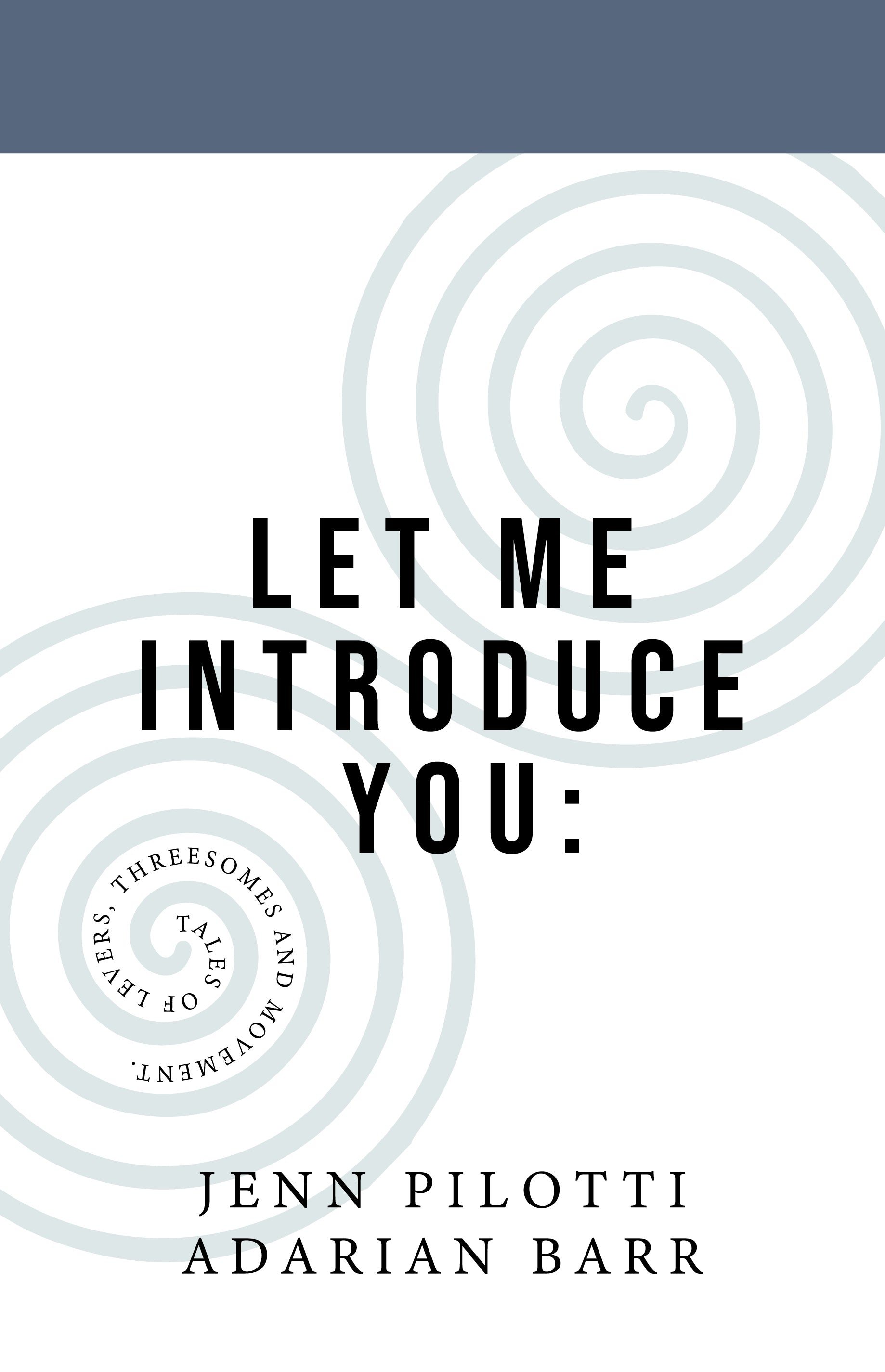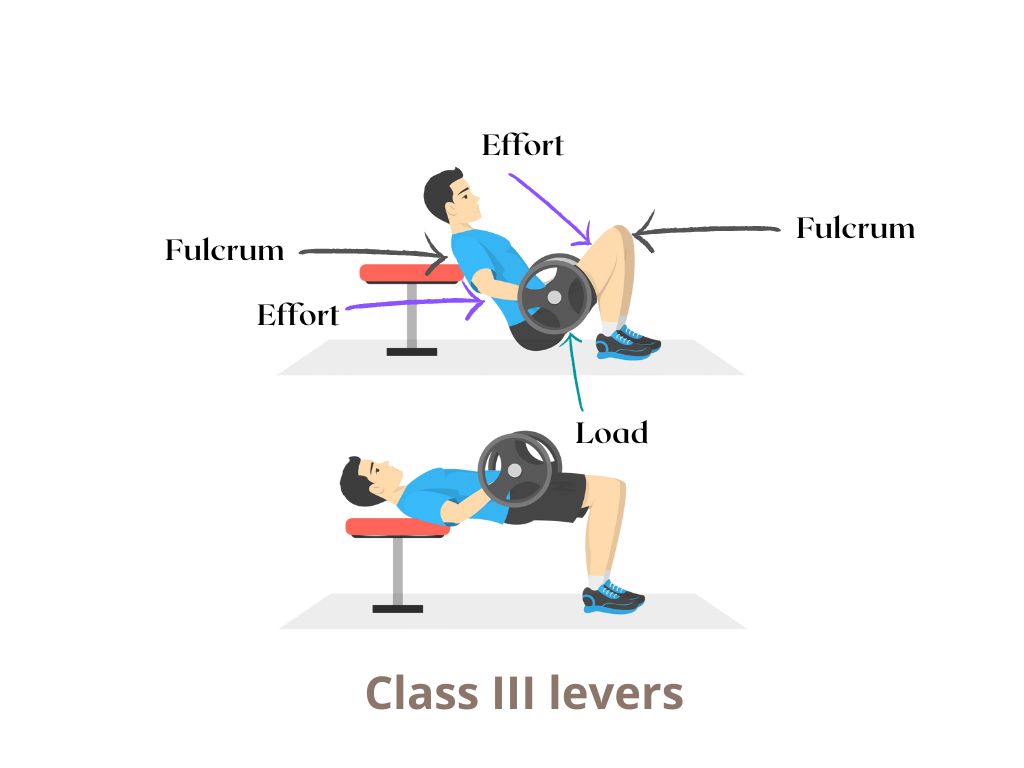
Question:
On p.34 what is the criteria you used to decide that the hip thrust has two fulcrums? When I look at that movement I see three fulcrums (knees, mid back and hip joint). What am I missing? Why isn’t the hip joint a fulcrum? What questions do I need to ask to come up with the two fulcrum Class III lever answer? Does the answer depend on the orientation to the gravitational field? ~From a reader
Answer:
The criteria that is used to decide the fulcrums on the hip thrust are:
What are the fulcrums?
Where are the perpendiculars?
Where are the parallels?
Where is the effort?
Where is the resistance?
Where does rotation occur?
At the knees, at the mid back where it meets the bench, and at the hips.
Why are the mid-back at the bench and the knees different than the hips?
Because they are part of the levers that are overcoming resistance to move the body.
The hips are a passive fulcrum. This means you could cut the person into two parts at the mid-section, place a load on the thigh and torso, and the movement could be completed (severed body parts withstanding). The glutes aren’t actually necessary to complete the exercise.
The perpendiculars in this case are the thighs and the torso from the hips to the bench. These also happen to be the lever arm. The load is at the hips.
What allows the extension of the body to occur?
The pitch of the thighs and the torso. The effort to do this comes from the torso and the thighs. The resistance to overcome the load at the hips comes largely from the back extensors pitching the torso up.
To figure out where the fulcrum is, you need to identify where the load is, where the effort is, and where the axis of rotation is. The effort is determined by the lever arm.

